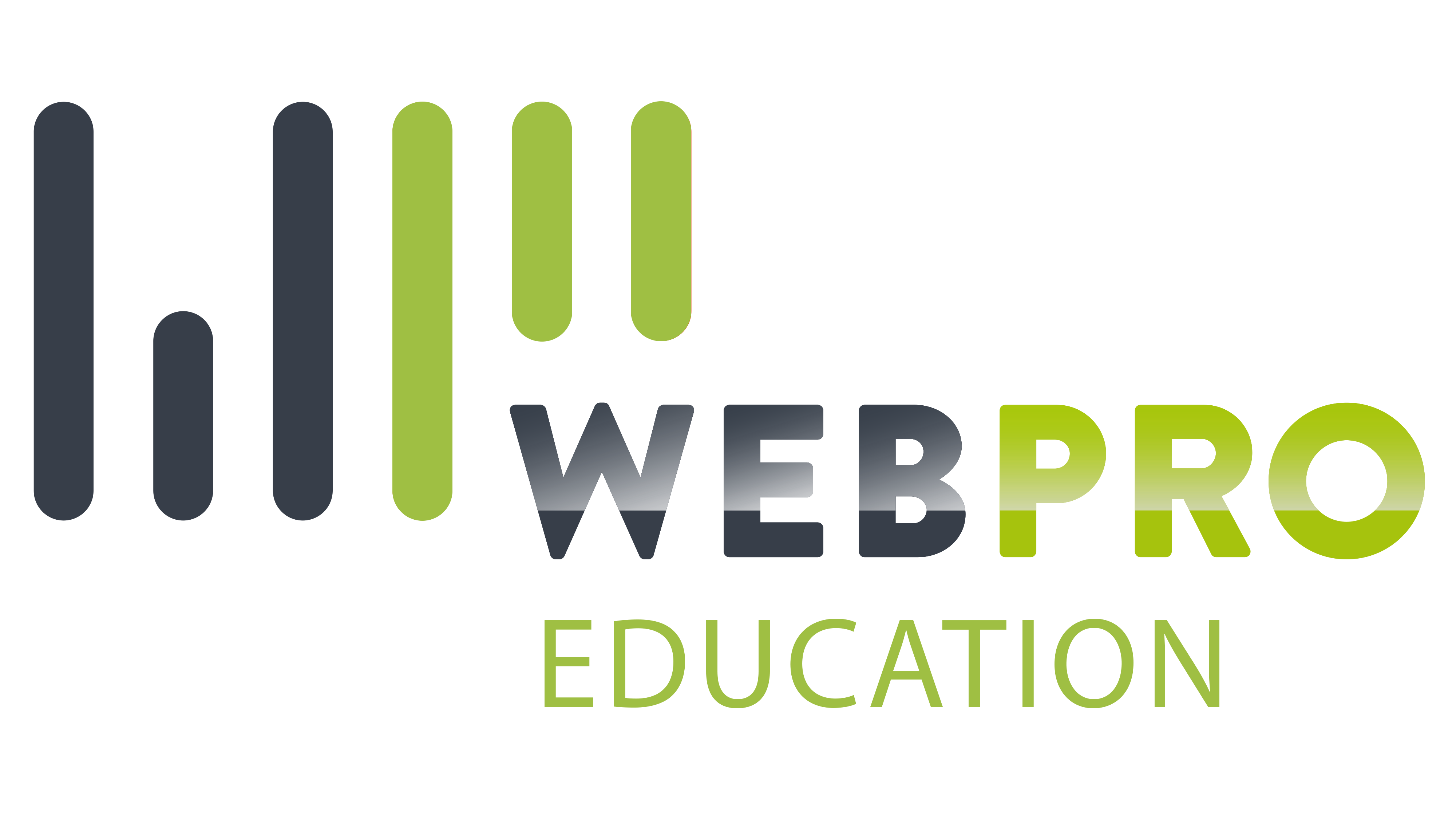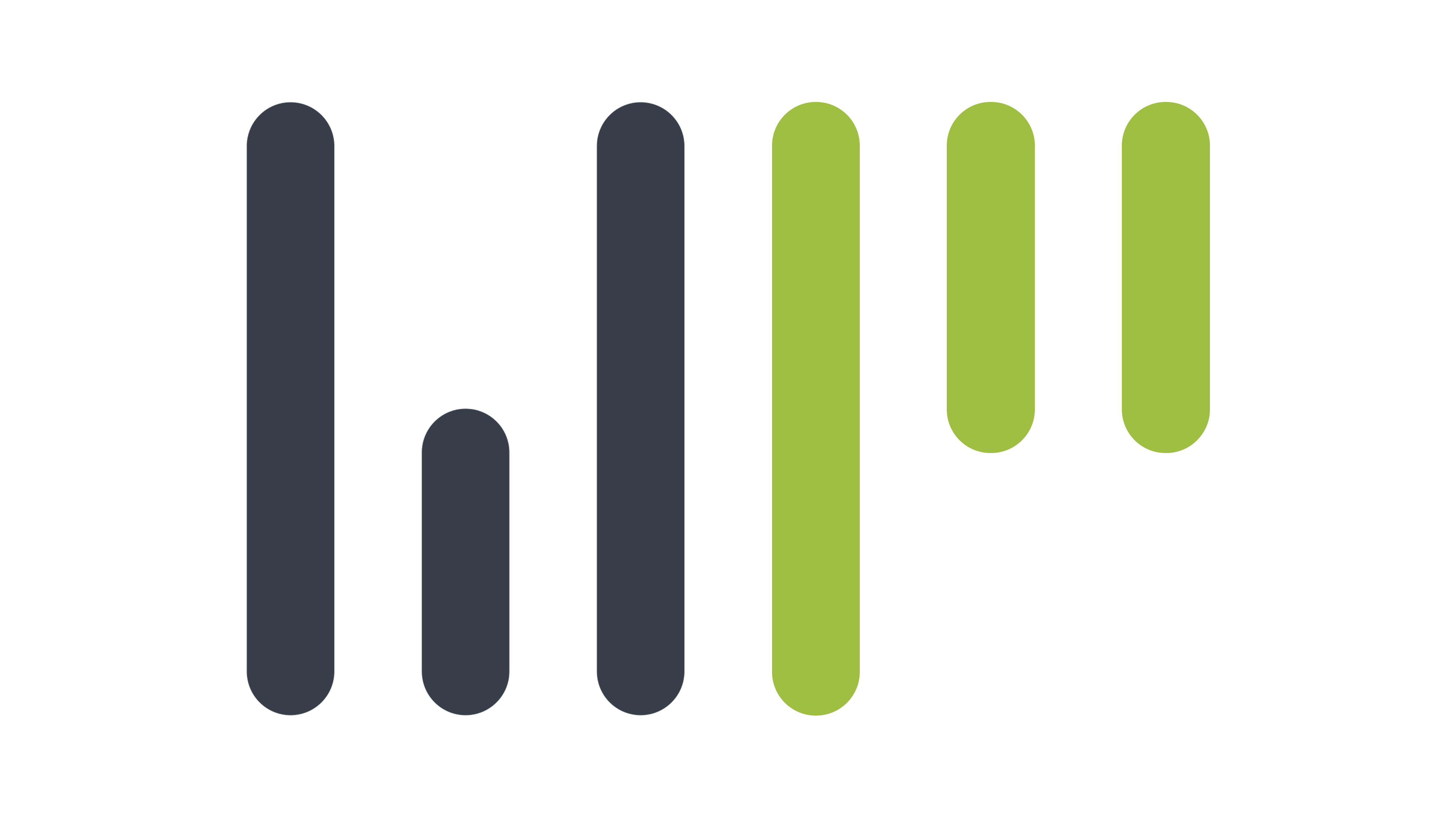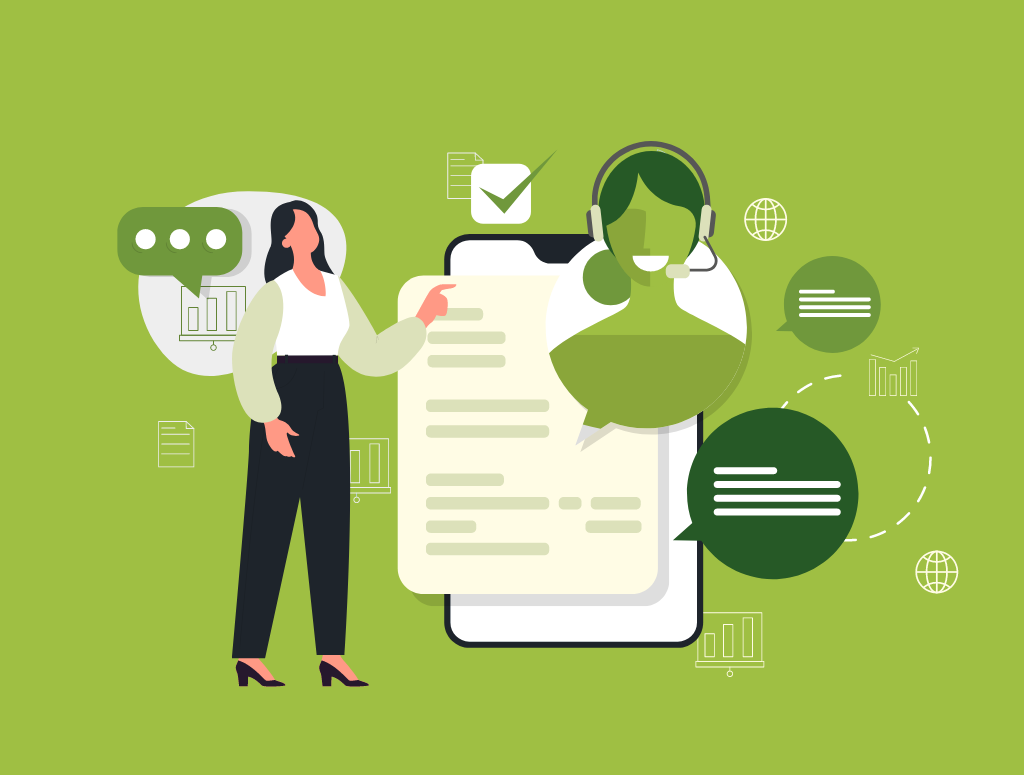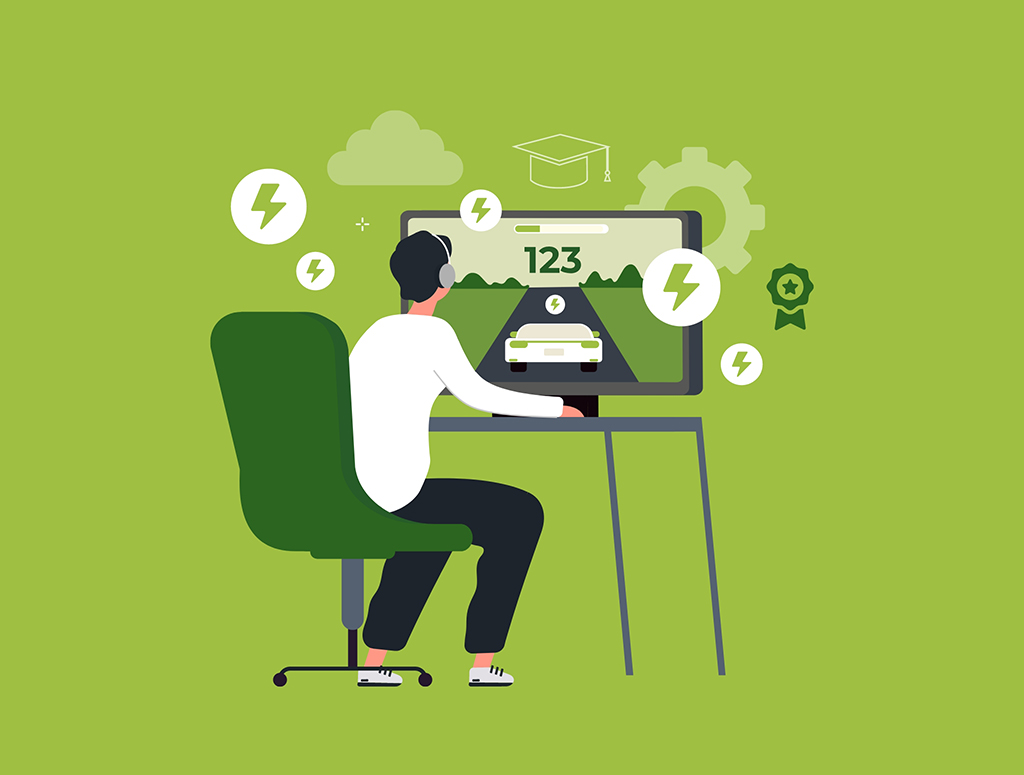Are you leaving someone out?
Social inclusivity is an integral part of modern society. The things we do, say, make and put into the world should be accessible to people with varying needs. And it’s no different in businesses, schools, colleges, universities – and their websites. If you manage a website for an education establishment, it’s your responsibility to make sure the website is accessible to everyone. Or you could be sending the wrong message to students and their families.
What is education website accessibility?
Website accessibility can refer to:
a. How well your website adapts to different devices and screen sizes
b. How your website caters to different users with varying needs
In this post, we’ll be considering the latter. Website accessibility is partly determined by how well your site caters for different groups of people with specific needs, so they can use your website as intended.
For example, if you have a school website that is only available in English, its content and information may not be as accessible to a parent who speaks English as a second or third language. They could miss vital information or might just not feel as welcome. This is just one example and there are many other problems and solutions to website accessibility.
The benefits of an accessible website
By making your website accessible to all types of people who may need to use it, your school or college promotes inclusion and supports diversity. This will have a positive effect on your educational branding and sets a good example for students who attend your school.
It may also make students and their families more connected and a part of your institution, which can foster positive relationships and even better performance. Last but not least, it ensures important messages are received.
How to achieve website accessibility
Often, websites need more than one change to accommodate all the people they’re currently leaving out. Some of the most common ways to make your website more inclusive are:
- Add multiple languages – you should make your website content available in different languages with the click of a button. Naturally, you won’t be able to accommodate every world speaker. But you can do research into the languages spoken by your cohort and their families to help you decide what languages to include.
- Consider colour schemes – around 8% of men and 0.5% of women are considered colour blind. This means there is a chance that some of your students or their parents are colour blind. You can accommodate their needs by considering the colour scheme of your website. Choose contrasts that help them read the content rather than hinder them.
- Audio content – adding audio content to your website might be useful to your website users who may have visual disabilities.
Consider education industry web designers
Education websites must conform to government rules about what gets published on the website. Schools and colleges need to collaborate with website developers who understand the current rules and legislation. Using a generic web designer may result in a website that doesn’t tick all the boxes. Luckily, there are some excellent web designers working with in the education sector.
Make your website accessible with WEBPRO Education
WEBPRO Education is a web design agency that works with schools, colleges and universities. We help design and develop websites in the education sector while ensuring the website meets the standards expected by the government. We’re highly focused on accessible websites to ensure schools serve the local community in the best way possible. Speak to our friendly developers now for further information.
Recap: Website accessibility is about making your website's functions and content accessible to people with a range of different needs. By doing this, your school can make students and their families more welcome, included and connected to your establishment, which can foster greater educational experience and improved performance. There are multiple ways to create an inclusive website, and WEBPRO Education can help.
P.S. We’re inclusive too! Our team can make your website more accessible, even if you had it developed by someone else.







